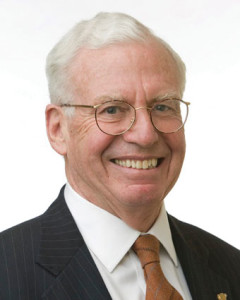Solid job gains for December at 156,000 continuing monthly gains in 2016, with forecasts of 2% average GDP for 2017 and 2% for Massachusetts all bode well for 2017 for persistent fundamental growth. All appears to favor sustained stability and moderate expansion in commercial real estate. Global economic conditions are showing upsides. Many upsides are being supported by securities exchanges, particularly banking and energy sectors, broadly based on profits and outlook for 2017.
Fed rate increase from January FOMC has rippled through domestic and global capital markets. Commercial real estate capital continues to be plentiful if somewhat restrained in terms. The capital stack is further adjusting rates and spreads based on Fed rates and upward adjustments are occurring in the broader short to long term alternative sectors. The apparent strength in the domestic economy, including employment and inflation trends, has further empowered the Fed to continue rate increases in 2017, watching the impact on domestic capital markets and the value of the dollar.
Local commercial real estate markets are mixed, based on the local inventory balance of supply and demand. In Boston, office and multifamily rents have stalled in many sub-markets. Some softness is apparent where new and vacated additions to supply are not matched by absorption. Pro formas have been using current rents with increasing allowances for turns and absorption for several months. Investor interest in the Boston market continues to be strong particularly boosted by global capital.
Employment gains have reduced labor force availability, estimated at less than 3% in Massachusetts and less than 5% nationally, and broadly improving employment in the state and nation. Income is finally recording moderate increases and such upward trends are expected to continue in 2017, consistent with increasing scarcity in the labor force. Participation rates are up very marginally. These trends favor stable and sustainable conditions in commercial real estate, increased demand for office, industrial, residential and retail, marginally.
Commercial real estate markets have already experienced dramatic cost increases in labor and materials. Many local high growth markets will experience turbulence as pipeline additions are delivered in 2017 and 2018. Fed action on rates at the December meeting and increases in 2017 will further secure increasing costs of capital. Reconciling costs for new construction with sustainable economic performance is already challenging. Competition for existing properties has forced pricing into stalling ranges in many geographic submarkets because of risks of sustainable performance. Peaking is broadly used to describe property prices in commercial markets. However, revisions in inventory like adaptive reuse, upgrading and other value add strategies are still rewarding. And the economic outlook for 2017, particularly with anticipated spending for infrastructure and defense and tax revisions, regardless of the length of this expansion, appears to favor further play, less waiting and watching, or folding.
Happy New Year and very best for 2017.
David Kirk, CRE, MAI, FRICS, is principal and founder of Kirk & Company, Real Estate Counselors, Boston.

